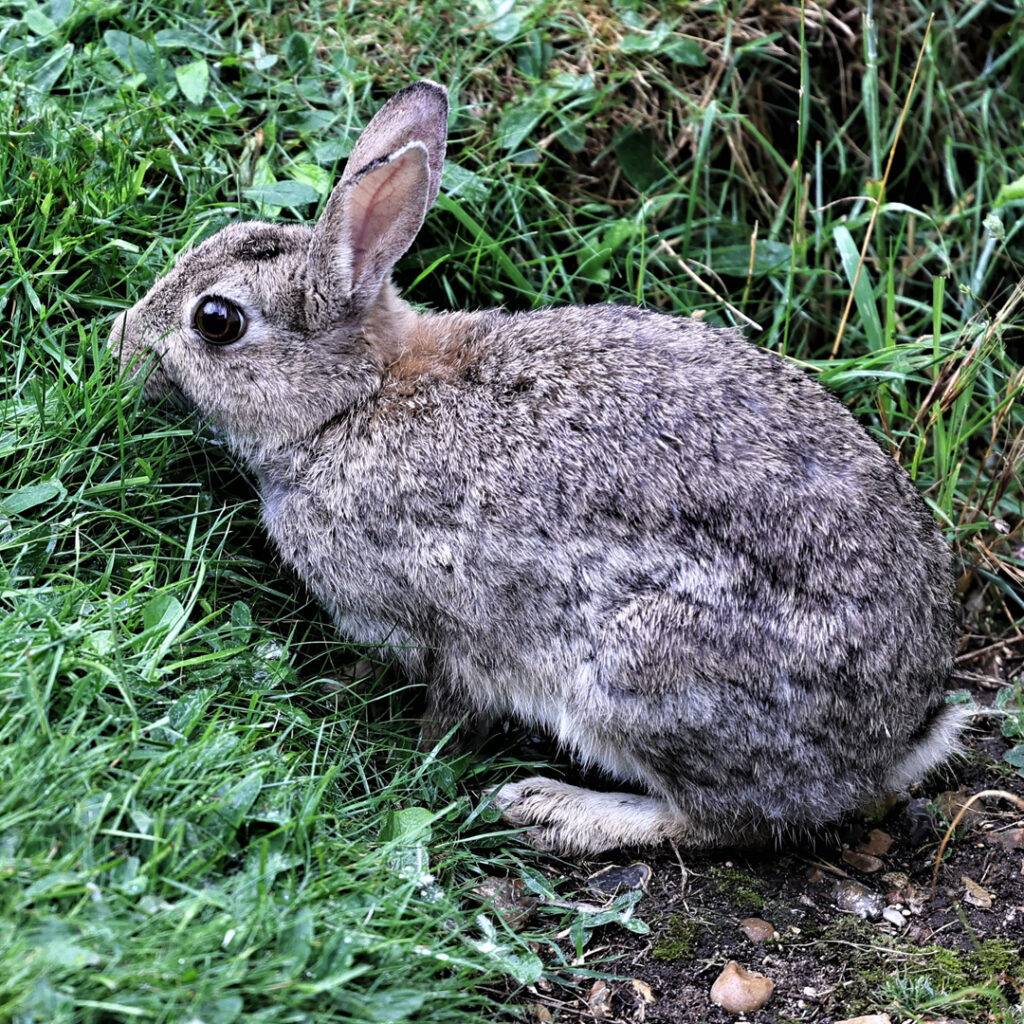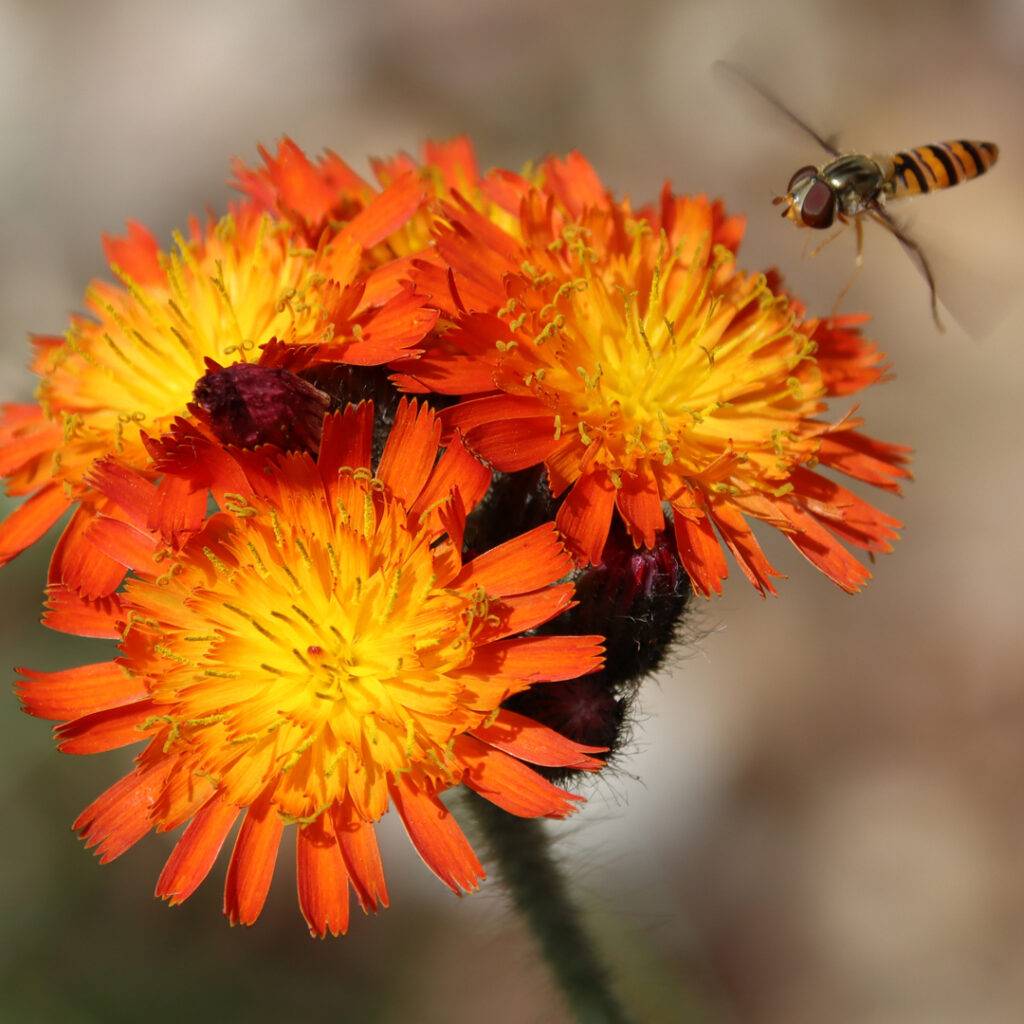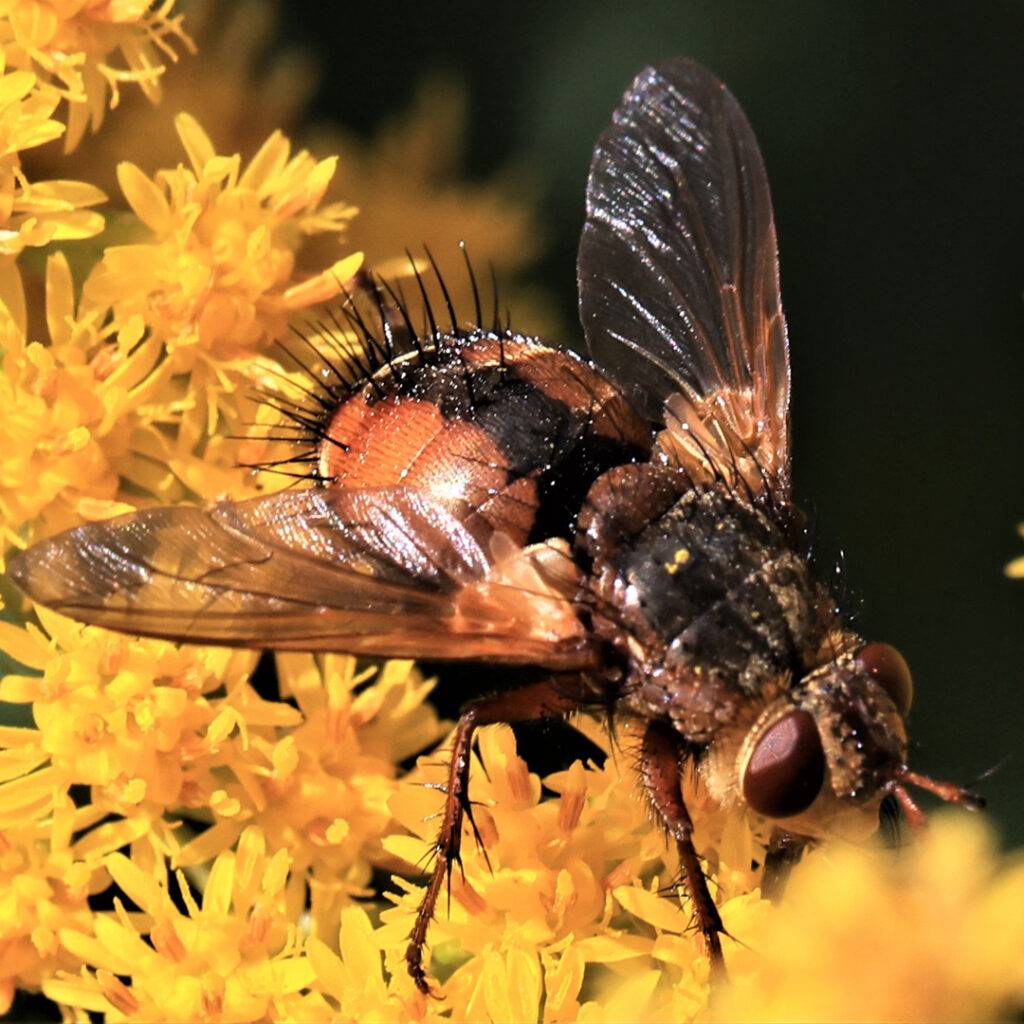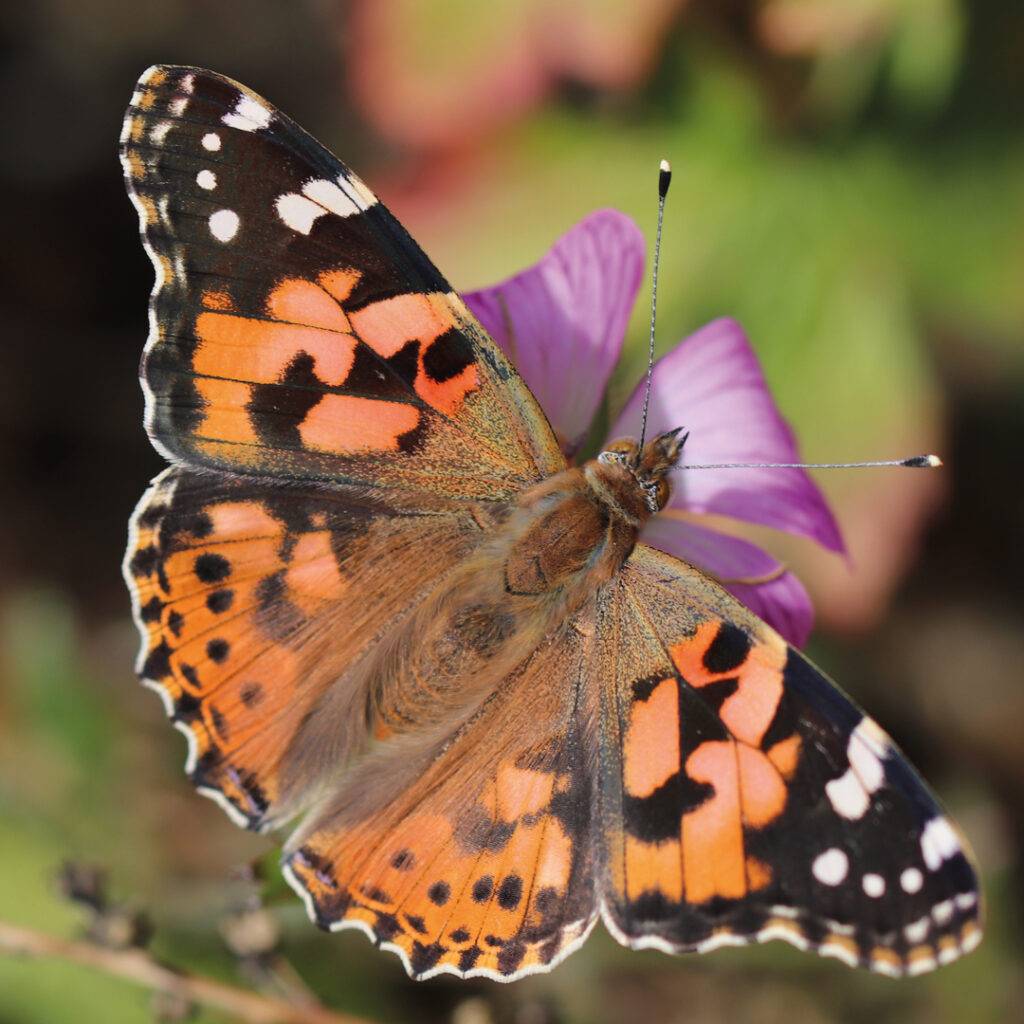Feel fresh this year with a crop of palate pleasers – Giles Luckett reviews some seasonally appropriate wines
Spring is in the air. Well, spring rain is in the air at least, and the new season calls for a fresh crop of wines. For this month’s column, I’ve looked for classics that will pair with the new season’s produce alongside a couple of head turners that you may not have encountered before. Anyway, enough preamble, let the recommendations flow…
I’ll start with a wine that’s always been synonymous with spring, Muscadet. One of the breakthrough wines of the ‘60s and ‘70s, Muscadet played a big part in turning the UK into a nation of wine lovers. At its best, it’s as fresh as a spring morning, with citrusy fruit offset by a yeasty tone and a taste of the sea that makes it the perfect partner to fish and seafood – it’s glorious with new season oysters. The Adnams Muscadet (Adnams £9.99) is as a delicious example of this classic wine, providing the complexity that many a more expensive Chablis can only dream of. Dry, crisp, and loaded with green apple, melon, and greengage fruit, the creamy-saline finish makes for a surprisingly satisfying glassful.
Next up the first of two Rieslings. Riesling is invariably an excellent wine, but many people are put off as they think it will be sweet. Riesling is capable of astonishing sweet wines such as the fabled Trockenbeerenauslese from Egon Mueller (a snip at around £10,000+ a bottle), but most New World producers focus on producing crisp, dry wines that are as food-focused as my Springer Spaniel. A great example is the Villa Maria Private Bin Riesling (Waitrose £10.99). White gold, the piercing bouquet comprises of apple blossom, citrus, and white peaches with a suggestion of honey and lime. On the palate, it’s just as complex, with green and white fruits vying with minerals and a rapier-like grapefruit acidity. This is just the thing for new- season asparagus or a herby spring chicken.
Staying with Riesling, we have something that shows this grape’s incredible range. The Empire Estate Dry Riesling Reserve (Good Wine Good People £34.50) hails from New York’s Finger Lakes region. This is an arresting iteration of Riesling that nods at France’s great Alsace Rieslings in its dryness and piercing intensity, but it is very much a Finger Lakes wine in its sophisticated, slightly idiosyncratic style. Pale green-gold with an evolved nose of candied lemons, grapefruit, apple blossom, and a green herb bitterness, it seems to change with each inhalation. In the mouth, almond-tinted grapefruit leads the fresh, tangy attack. This is followed by ripe pears, peach stones, a white peel bitterness, and a very fresh, lemony acidity that’s mellowed by honey and minerals. This is a wine to buy by the case and see how it evolves over the coming decade.
Viognier is an interesting, not to say mercurial grape. In California, it can produce buttery behemoths, while in South Africa it tends towards leaner, cleaner wines. In its home of France’s Rhône Valley, it can produce wines that combine freshness with depth, power with finesse as showcased by the Chapoutier Combe Pilate Viognier (London End Wines £15). Opening up with a surprisingly subtle nose of apricots, oranges, and bergamot against a background of citrus, it was love at first sip. Supercharged with fruit and very fresh, it quickly develops in the mouth revealing juicy apricots, peaches, and vanilla spice that contrasts beautifully with the firm mineral and lemon finish. This would be lovely with baked white fish, pan-fried poultry, or salmon.
A good Chardonnay is always a treat and is the ideal foil to spring staples such as roast pork, goats’ cheese and rocket salad, or roasted guinea fowl. I recently tasted one from Austria, the Allacher Chardonnay Reserve (Good Wine Good People £24). I’m a big fan of Austrian wines, though my experience has been largely confined to their stylish Rieslings and brilliant Gruner Veltliners. This was an unusual and delicious take on this noble variety. Deep gold, the nose brims with honey-coated tropical fruits with a soft, perfumed edge. Big and bold, the generous palate has a creamy texture and is suffused with baked apples, apricots, honeydew melon, vanilla, and spices before the fresh, zingy finish adds a refreshing balance.
Sauvignon Blanc is another great spring wine. Its freshness and easy drinking nature means it lends itself well to garden sipping or as a partner to new season treats like steamed Jersey Royals, creamed broad beans, or roasted celeriac. Sauvignon grows well all over the world except for Tasmania, apparently, where a leading winemaker told me it was a ‘weed that needs grubbing up’. I touched a nerve there, it seems. South African wineries are better disposed to it and when you taste wines like the Journey’s End ‘Eagle Owl’ (Majestic £9.99) it’s easy to see why. Rhubarb and gooseberries are the signatures of this weighty, rounded Sauvignon. The nose is bright, zesty, and suitably intense, but – as with the body – it’s not green peppers and citrus that dominate, there’s more to it than that. Over a bedrock of acidity is overlain a tart-sweet tone of stewed rhubarb with a sherbet edge and some riper flavours from the gooseberries, giving a wine that’s refreshing and seriously good fun.
I’ll finish on a patriotic note with an English wine, the Denbies Chardonnay 2022 (Denbies £24.50). When I started in wine, England’s vineyards were just about getting marginal grapes like Müller-Thurgau – which usually tastes as good as it sounds – to produce something. Roll forward thirty years and leading English wineries like Denbies are being spoken of by the likes of Oz Clarke as being capable of giving Burgundy a run for its money. On the evidence of this, I think he has a point. The nose is creamy, nutty, fruity, and harmonious with the rich red apple and peach fruit freshened by lemon and lime. On the palate, it has a lovely peachy texture that displays nectarine, red apple, and lychees with a honey and lemon coating. Thoroughly impressive it shows that English wine, not just English sparkling wine, is capable of being a world-beater.
Well, that’s it from me for now. Next time I’ll be joining in the World Malbec Day celebrations and running down (bigging up) my top ten Malbecs.
Cheers!
Giles


















